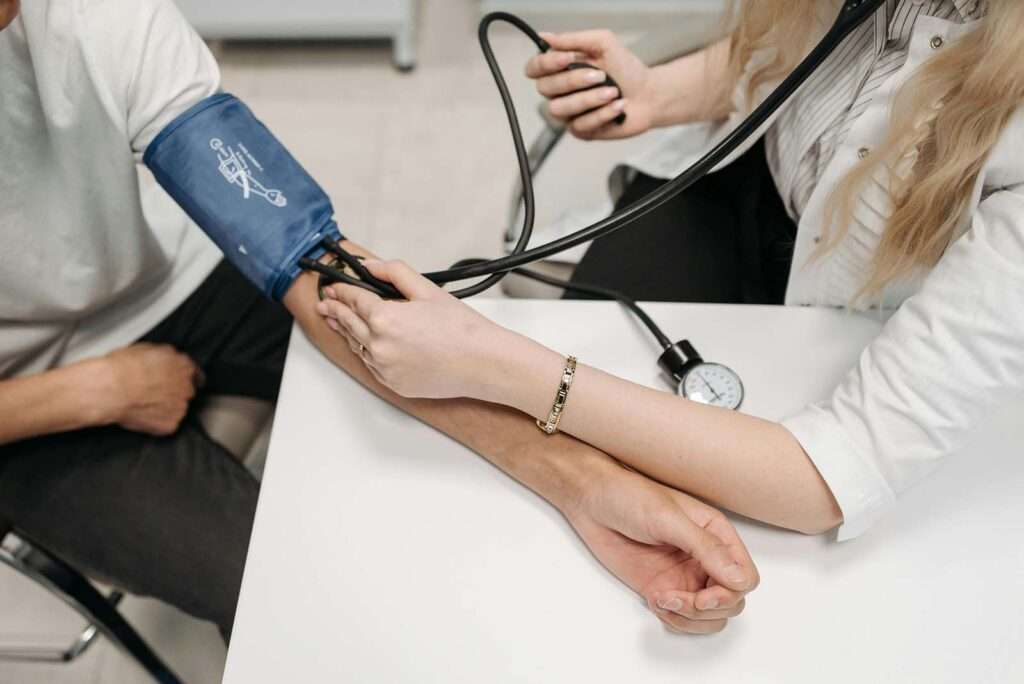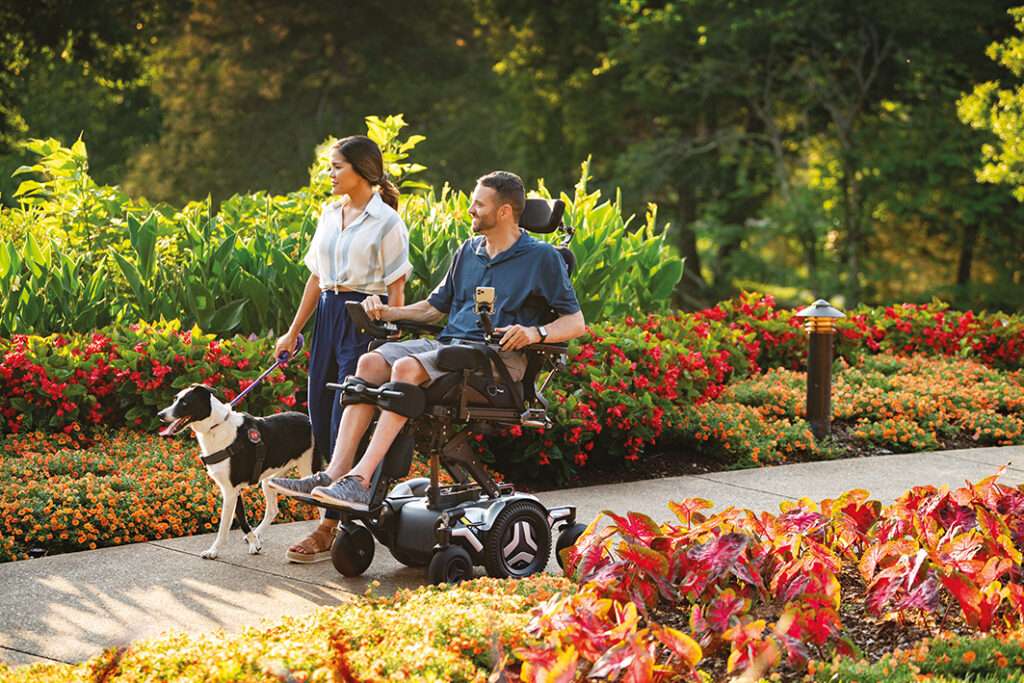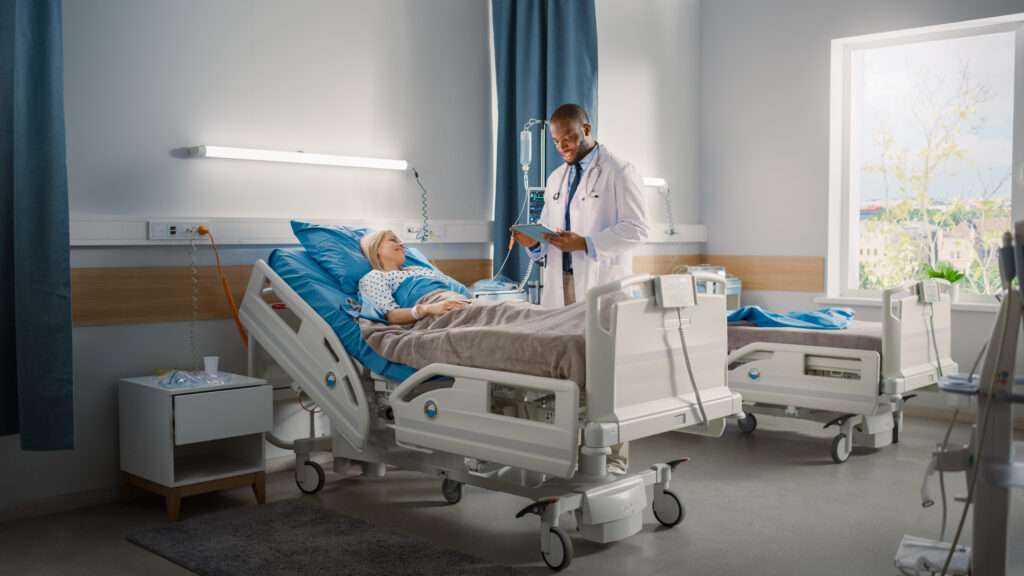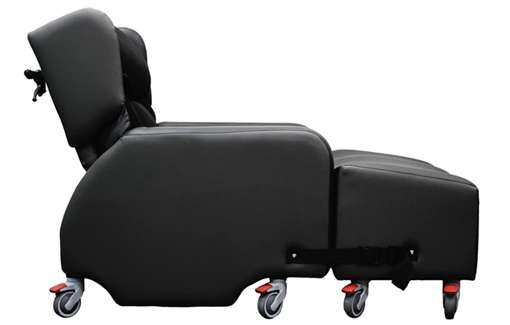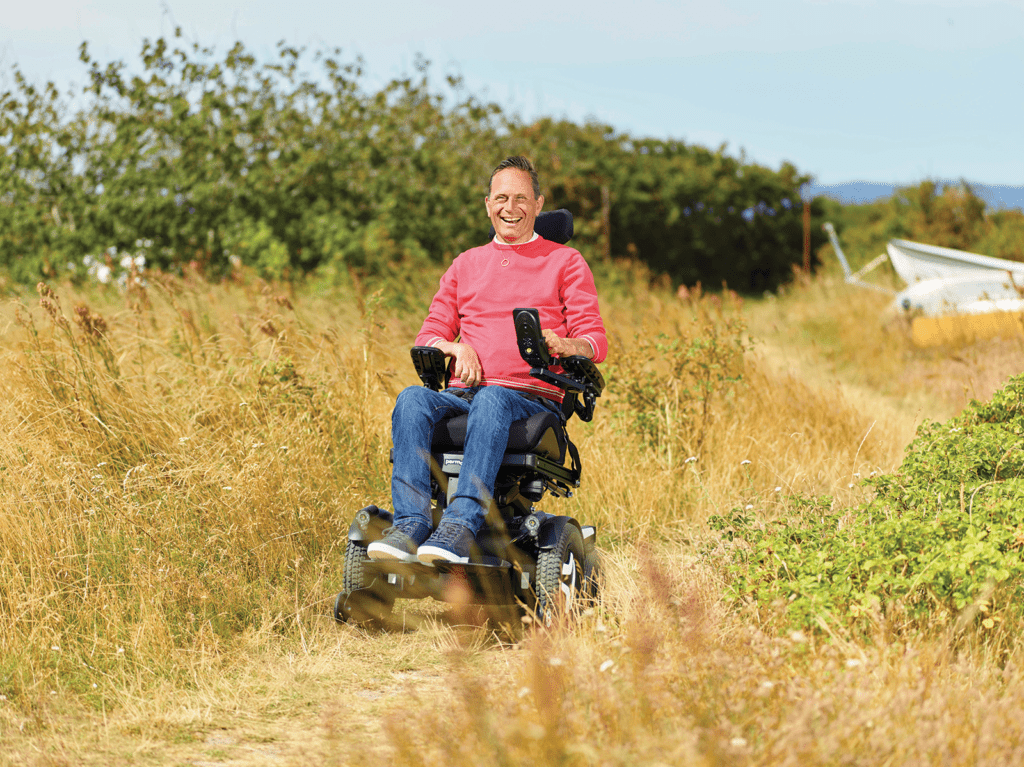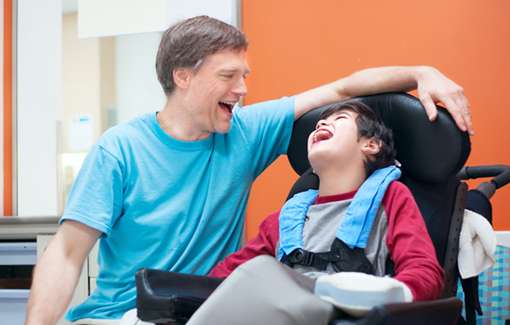When a loved one goes into a residential care home or nursing home, there is a lot for the family to think about and process emotionally – visiting times, family support, personal possessions and daily needs, to name just a few.
One important area that may be overlooked is the type of seating that care home residents are provided with. Day room seating where residents congregate for meals will usually be static, due to its volume and practicality.
Personal seating needs can vary widely between individual residents, depending on their physical needs or health condition. For this reason, care home providers should not only consider the seating furniture for communal areas in the home, but the resident’s individual ‘day’ chair that they will spend the majority of their time in.
Jump straight to…
Why Should Care Homes Invest in Specialist Seating?
Due to declining mobility, care home residents will need a chair in their own room with enough comfort and support for them to spend most of their time in. Ordinary armchairs or high backed chairs aren’t sufficient for this purpose, which is why care homes and their residents need to look at the provision of specialist seating on an individual basis.
Care Chairs vs Rise and Recline Chairs
Two broad categories of specialist seating are care chairs and rise and recline chairs (or riser recliners). A rise and recline chair can recline the patient backwards or lift them into a standing position, providing support for those are semi-ambulant and can transfer from the chair by themselves or with assistance from a standaid.
A care chair doesn’t usually have a lift function, and is designed for patients who are non-ambulant (not able to transfer independently) that require hoisting. It has a recline function and a greater range of positioning features and adjustments than a riser recliner, for patients who may potentially need to spend all day in the chair. For more information about the difference between care chairs and rise and recline chairs, read this article.
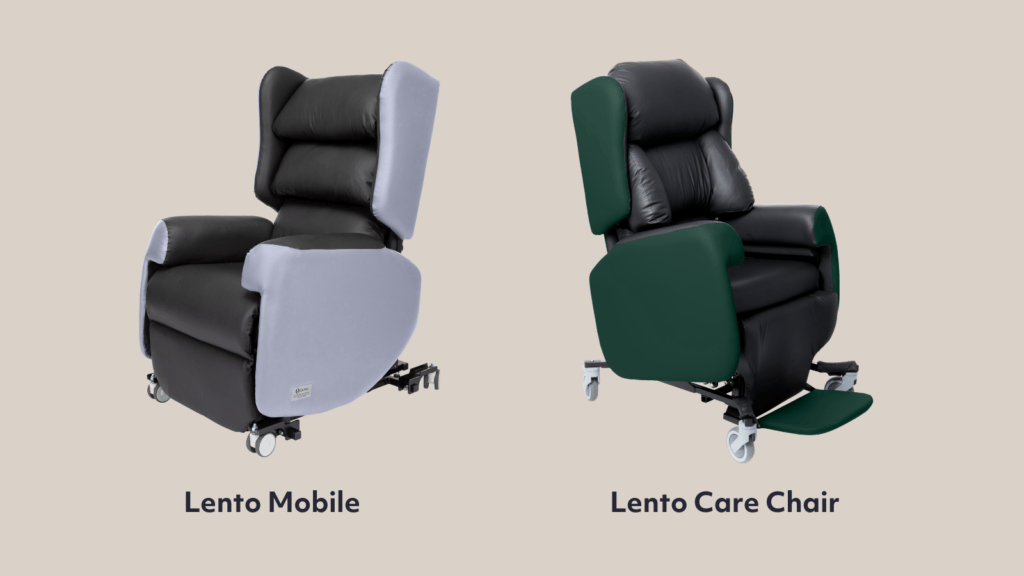
Carrying out a seating assessment with a qualified seating assessor will help determine whether the client needs a care chair or a riser recliner. There is lots of guidance on our blog and our trained seating assessors are available to carry out no-obligation assessments on site or via zoom call.
If a patient has a neurological condition such as dementia, MND or Huntington’s that affects their postural tone and gets progressively worse over time, a care chair will be required to meet these requirements now and in the future. However, for many residents experiencing conditions that accompany old age like frailty, arthritis and motor impairment, a rise and recline chair will be the best option, particularly with the many advanced features and adaptations that can now be added.
Benefits for Care Home Residents
Three main benefits of investing in specialist seating for care homes residents are:
Less Chance of Falls/Injury
The standing function in a riser recliner provides a safe method of standing up out of a chair and transferring to a walking aid. The smooth rise movement can be completely controlled by the handset and saves the user having to push themselves up from the chair, with the chair fully supporting them from behind and preventing them from losing balance.
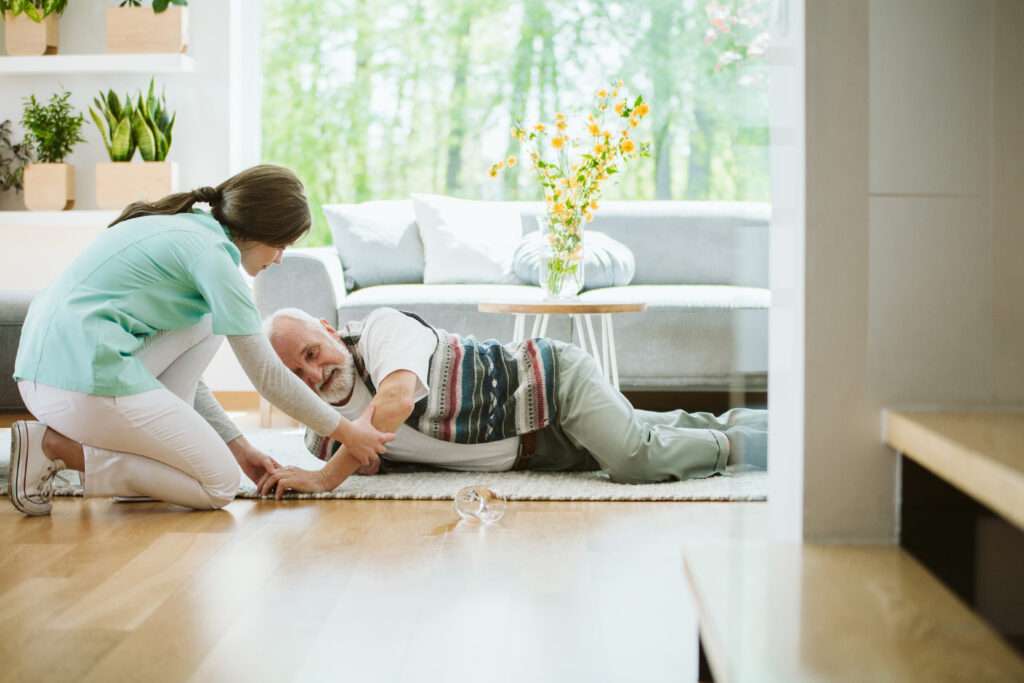
Better Postural Control
Rise and recline chairs provide great postural support, and can be tailored to correct postural abnormalities which may have developed from using inappropriate seating. Lateral backrests provide sideways support which prevents leaning in a chair, a common issue we see in care homes. Maintaining a good posture and a healthy midline posture can improve bowel, bladder and respiratory health.
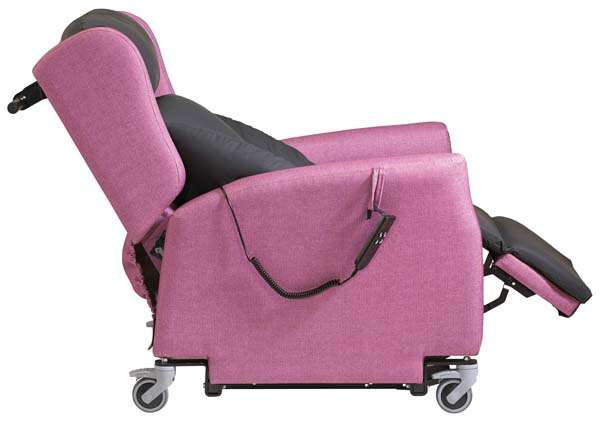
Pressure Care
Those who are sat for hours at a time are susceptible to pressure injuries, which is why the seat fabric and upholstery should be considered carefully. Rise and recline chairs integrate the full range of pressure care options, from medium risk foam to high risk gel underlay and even alternating air cushions. Tilt-in-space is a standard feature on most rise and recline chairs, which shifts the person’s body weight over a larger surface area simply by tilting the chair backwards.
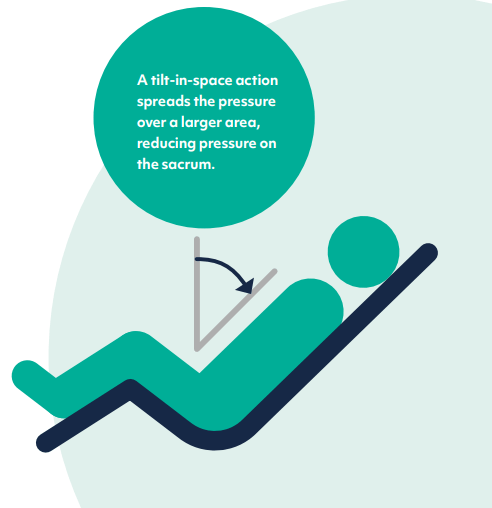
Tilt-in-space functionality
Benefits for Care Home Operators
The benefits of investing in specialist seating for care homes operators are:
Staff Injury Reduction
Manual handling related injuries are a significant concern in care homes, and are a leading cause of MSK (musculoskeletal) injuries amongst healthcare staff. The average cost of MSK injuries among healthcare workers, including direct costs (medical expenses, compensation) and indirect costs (reduced productivity), is £2200 per capita, costing the UK healthcare sector £119m a year.
These injuries can result from care staff having to adopt uncomfortable positions or bending down too much. Seating can be used to prevent manual handling strain, by facilitating standing and side transfers, or raising the footrest to perform routine foot dressing. This will all help to reduce the prevalence of staff injury, resulting in less sick leave and higher staff retention.
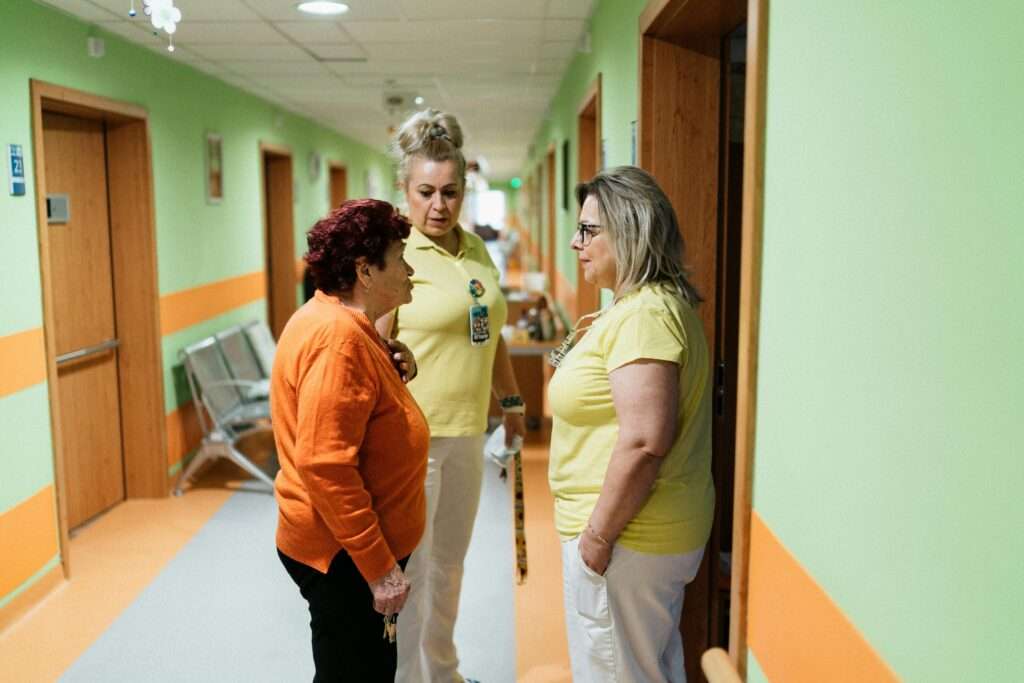
Improved Customer Satisfaction
Improving quality of life for residents will ultimately result in happier clients, friends and families, increasing the competitiveness of nursing home groups and improving their financial performance in terms of higher fees and profitability.

Client Retention
By creating a safer environment for the patient and reducing the likelihood of falls and pressure injuries, residents’ health will benefit over the long term, resulting in fewer hospital admissions and longer stays, driving up revenue.
Improves Compliance
Compliance to regulations is a big deal for care home operators, as they are regulated by the CQC and subject to regular inspections. Care seating can help address the risks identified in risk assessments, especially if a client is prone to sliding and falling out of a chair. In fact, people in care homes are 3 times more likely to fall than those at home. Implementing a seating plan for the patient will demonstrate a proactive approach to compliance by the care home and help improve their CQC rating.
Improves Single-Handed Care
Seating can play a big role in improving single-handed care, reducing the need for multiple carers to assist the patient with standing or transferring to the bed or toilet. Also, by using a portable chair on castors, the chair can be wheeled from room to room, saving carer time and resource.
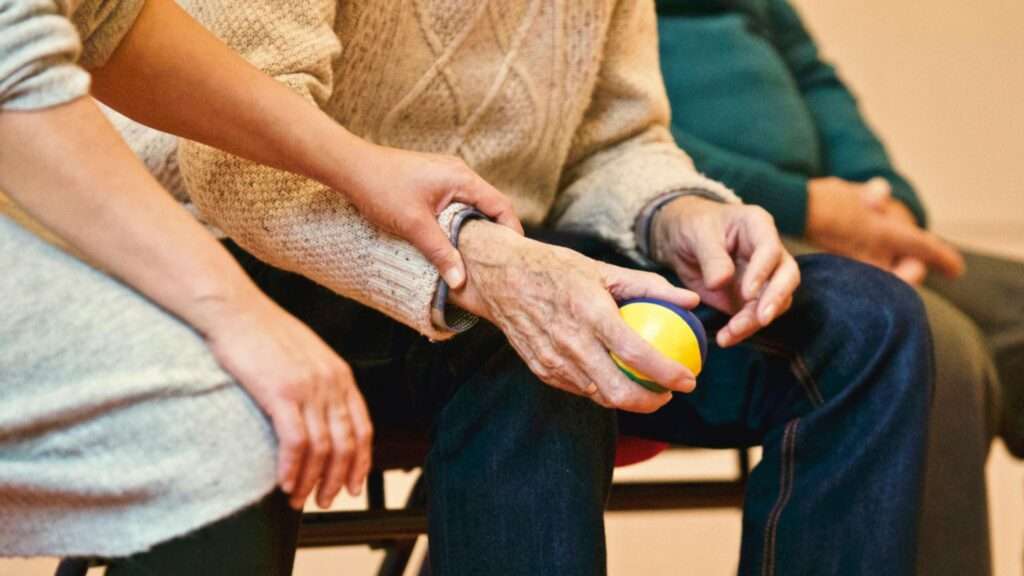
Infection Control
Care seating is easier and quicker to keep clean with the right choice of fabric. Care home inspections take a close look at infection control, so this can also positively impact the CQC rating.
What are the Main Seating Features to Consider for Care Home Residents?
Falls, posture and pressure care are some of the keynote issues to consider when looking at care home seating, but there many others that will be considered as part of a standard seating assessment. Our guide to seating assessments considers these points in more detail which is available to download here, if you want to increase your clinical knowledge in this area.
Seating Features to Consider in Care Homes
Upholstery
The upholstery of the chair is an important consideration for regulatory and hygiene reasons. Firstly, it must be fire-retardant (Crib 5 rated), but also waterproof and wipe-clean for those with incontinence issues. Four-way stretch fabrics like dartex provide a soft, breathable fabric that works well with integrated pressure care material.
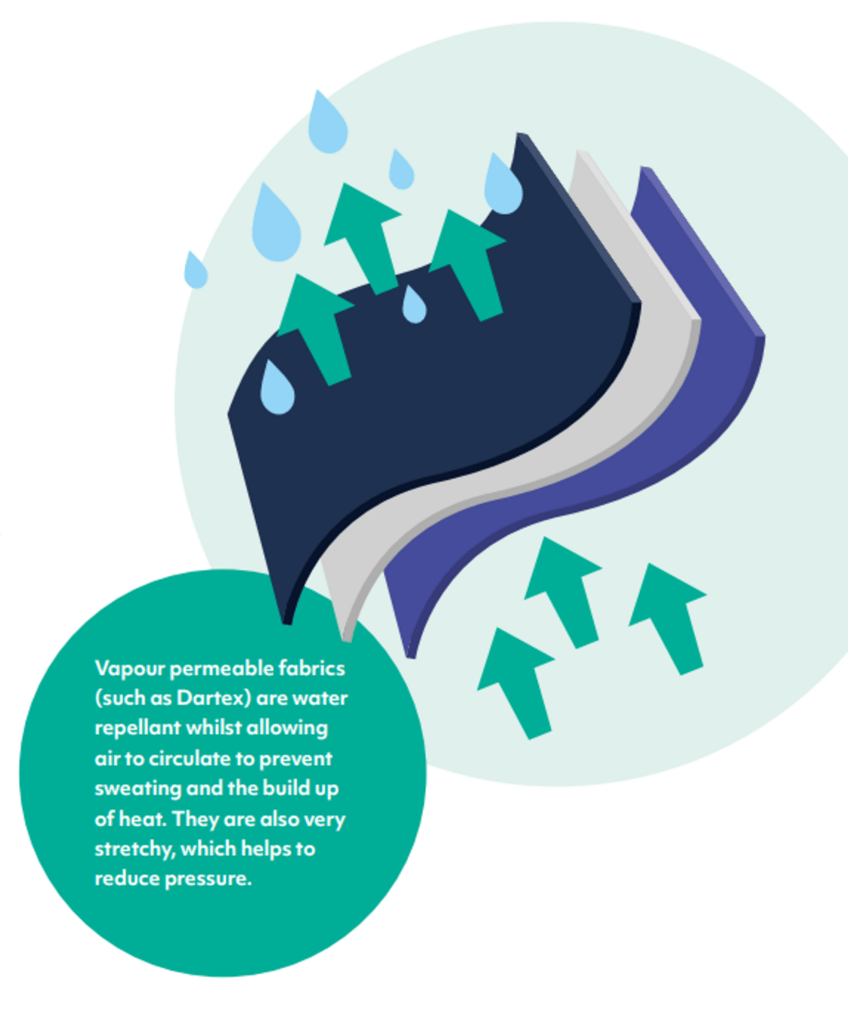
Properties of vapour-permeable fabric
Portability
Chairs mounted on castors can be wheeled through a nursing home or residential care facility with ease. This promotes more social interaction, benefitting the patient’s mental health and wellbeing, and makes it easier for carers to move the patient around the home.
Head Support
Patients who have poor postural control and tend to slump to one side will often need additional head support to maintain a good midline position. A comfortable head support can make dramatic changes to the patient’s feeding and breathing, and help them doze off if they want to have a quick nap! Read more about sleeping in a chair here.
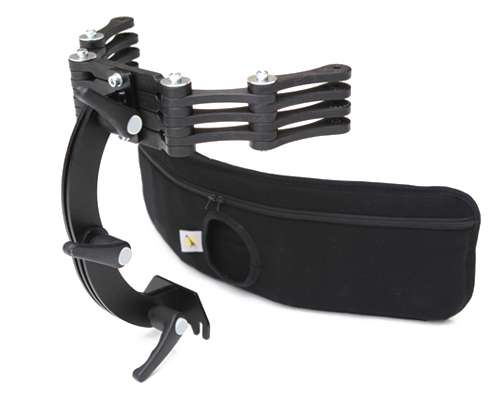
Cradle head support
Lateral Support
As mentioned earlier, maintaining a good posture can improve bodily functions and reduce the risk of pressure sores, urine infections and joint problems. A key component of postural management is lateral (sideways) support, which helps someone maintain a centralised position in the chair if they have a weak core. As well as increasing comfort, maintaining an upright posture in the chair can improve breathing, swallowing and digestive functions.
Safe Moving and Handling
Riser recliners and care chairs can facilitate side transfers and standing up in a safe and controlled way, reducing the risk of falls and injury. Even if the patient is relatively mobile, it is wise to future-proof for reduced mobility by investing in a chair that can help them stand or is compatible with standing aids.
Seating Solutions for Care Homes
Lento Care Chair
The Lento care chair was developed for the wider care market, with the aim to cover the widest range of patient sizes as possible with its high level of adjustability.
The seat depth, width and arm height can be adjusted without tools to fit almost any adult in a multi-user care environment. Locking tilt-in-space comes as standard, and there are a wide range of postural adjustments available with either manual or electric action.
This chair is perfect for community care homes, and can be upgraded to higher grade pressure relief and infection control for round-the-clock care and support.
Lento Mobile
The Lento Mobile bridges the gap between a care chair and riser recliner, making this an ideal choice for homes with a mix of higher and lower-need clients. Originally piloted in an acute hospital setting, the braked castors and ergonomic push handle were added to enable easy transportation around busy wards. Its narrow width allows it to be moved easily through tight doorways and narrow corridors, and it comes with the full fleet of size, pressure care and postural adjustments.
Arene Riser Recliner
The Arene Mk II riser recliner is very popular with hospices and end-of-life care facilities, focusing on patient comfort, overcoming mobility issues and caregiver ease of use. There are various backrests, pressure relief options and customisable colour schemes to suit the care home’s clinical and design requirements.
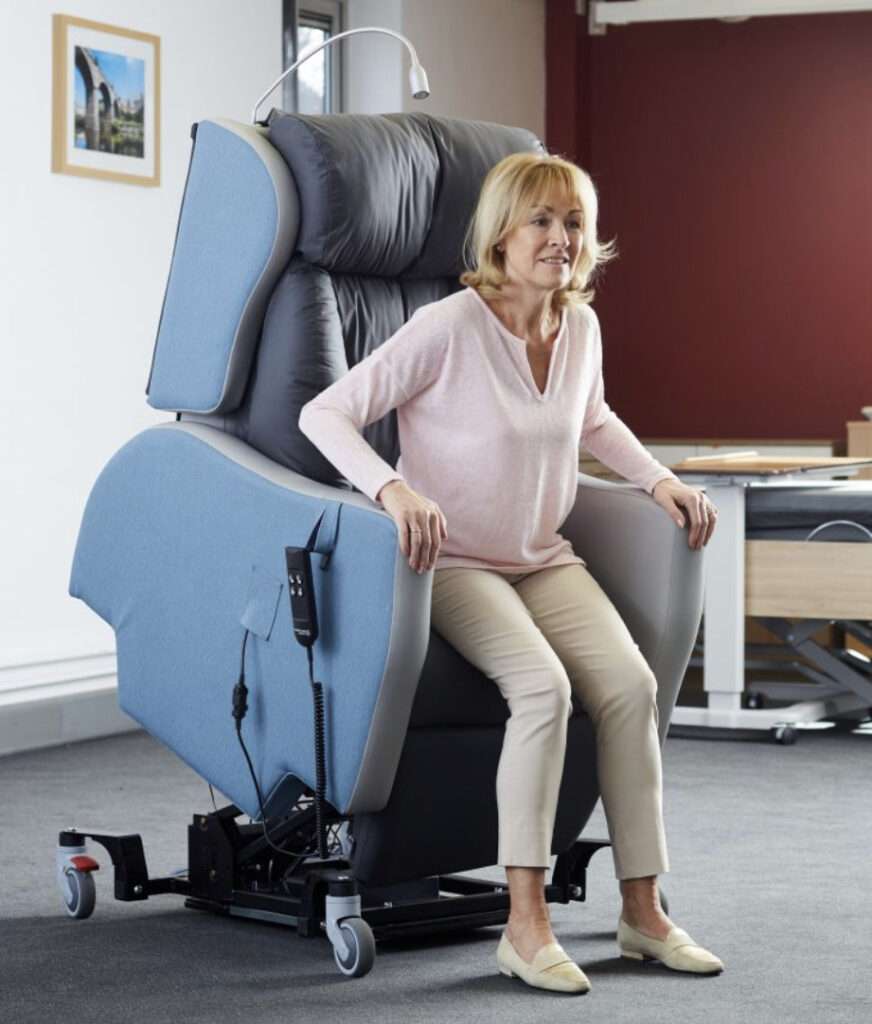
Summary
Care homes that pride themselves on quality of care and patient experience will want to give serious thought to their seating provision. For care homes running on tight budgets, there are a variety of funding streams available for community care organisations or private individuals.
If you need more advice and support in selecting seating for a care facility or individual resident, why not reach out to our community seating team?
Speak to our team today
Free & No Obligation Assessment






